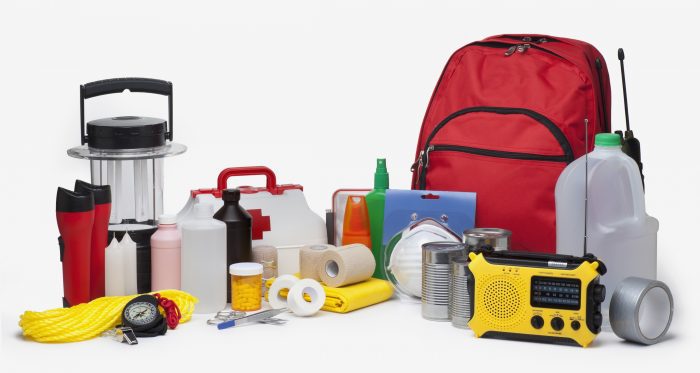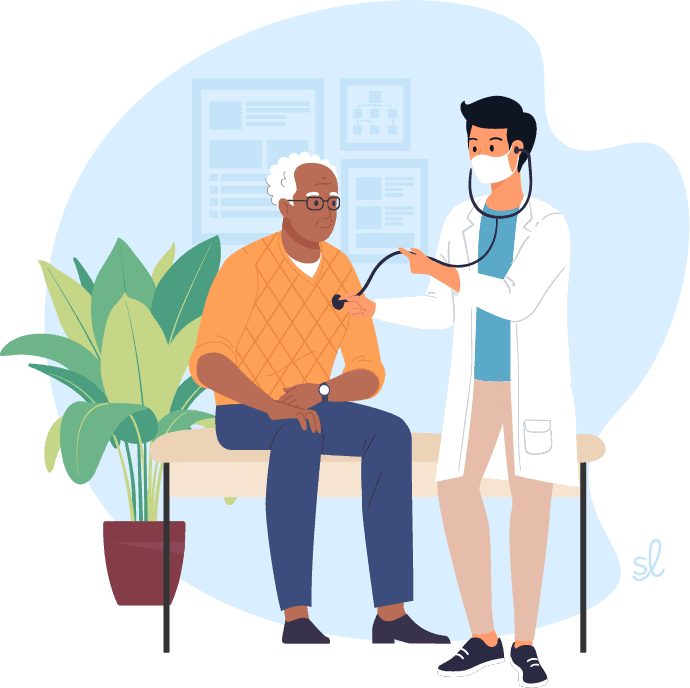By Nancy Marr
The $4.2 billion Clean Water, Clean Air, and Green Job Bond Act proposition on our ballot in 2022 will allow our state to undertake vital and urgent environmental improvement projects via issuing bonds; not a tax increase.
Long Island’s waterways are impaired by failing sewage and septic systems, and algae and nitrogen pollution impacts our sole-source aquifer system which provides drinking water to three million state residents. We need to find a way to conserve open space to benefit wildlife habitats, food production, and outdoor recreation. Many marginalized communities are harmed by pollution and have no access to open space, clean air and water.
There have been eleven environmental bond acts passed since the early 20th century. The conservation movement of the late 19th and early 20th centuries was a response to vast deforestation, natural resource depletion and industrialization. The “forever wild” clause was added to the New York State Constitution in 1894 to enshrine the protection of lands in the Adirondacks and Catskills.
In 1910 voters passed a bond act for $2.5 million, in 1916, for $10 million, and in 1924, for $15 million, all for the purposes of land acquisition and the establishment of parks. The 1965 Bond Act funded infrastructure to limit the flow of wastewater from untreated sewage overflows. In the 1970’s and 80’s, attention was galvanized by the problems with Love Canal, near Niagara Falls, the site of thousands of tons of toxic waste from the Hooker Chemical Company, which led policymakers in the US to establish hazardous waste regulatory systems. The majority of the funding from the Environmental Quality Bond Act of 1986 went to manage hazardous waste in sites under the State Superfund program which had been established in 1979. The Clean Water/Clean Air Bond Act of 1996 allocated the bulk of its $1.75 billion to safe drinking water and treatment of solid waste.
The infrastructure in New York City, which supplied water to approximately 40 percent of NYS’s population, had already exceeded its life span by 2008 when the NYS Department of Health estimated that $38.7 billion would be needed over the next twenty years for drinking water infrastructure. The Legislature responded with an initial allocation in 2017 of $2.5 billion. In 2019 it passed the Climate Leadership and Community Protection Act, which established clear statewide goals for emissions reduction and clear energy.
Governor Hochul’s budget released the Clean Water, Clean Air, and Green Jobs Environmental Act of 2022. The final version, $4.2 billion, makes climate change its largest category of funding and designates that a portion of the total funding must be allocated to disadvantaged communities that bear a disproportionate share of negative environmental consequences. The 2022 Bond Act includes:
Climate Change Mitigation (includes money for electrifying school buses) — $1.5 billion: Will fund projects that expand clean energy infrastructure, increase energy efficiency, reduce green gas emissions, and protect air and water quality to help fight and mitigate climate change.
Restoration and Flood Risk Reduction — $1.1 billion: Damage caused by severe storms and flooding is projected to cost over $50 billion statewide. Funding would provide investments in NY’s natural and manufactured coastal resilience systems such as shoreline protection, wetland restoration, local waterfront revitalization, green infrastructure, and voluntary buyout programs.
Open Space Land Conservation and Recreation — $ 650 million: The Bond Act funding will expand open space conservation programs, promote outdoor recreation, protect natural resources, improve biodiversity, benefit threatened and endangered species and help farmers who are facing the challenges of climate change. Funding will invest in restoring and maintaining native fish populations and increasing public access to our waterways to support LI’s maritime culture.
Water Quality Improvement and Resilient Infrastructure — $650 million: A long-term solution is needed to fund our backlog of water quality and infrastructure needs which continue to outpace available funding; the Bond Act will help fill the gaps in funding by investing at least $659 million in protecting water quality, spending 35% of the total in disadvantaged communities.
On Election Day 2022, remember to turn over your ballot and vote for the Environmental Bond Act proposition!
Nancy Marr is Vice-President of the League of Women Voters of Suffolk County, a nonprofit nonpartisan organization that encourages the informed and active participation of citizens in government and influences public policy through education and advocacy. For more information, visit www.lwv-suffolkcounty.org or call 631-862-6860.



















